Sokol Beqiri, Anna Boghiguian, Viola Glowacka, Brook Hsu, Mako Idemitsu, Eddy Smith, Xiuching Tsay
The End of Expressionism
Works
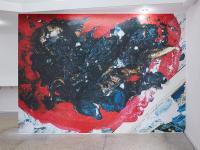



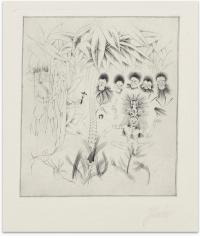
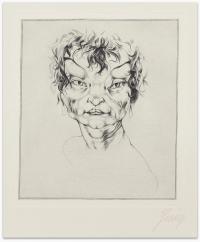

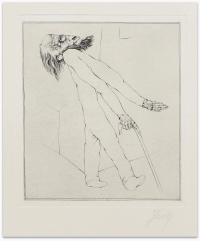


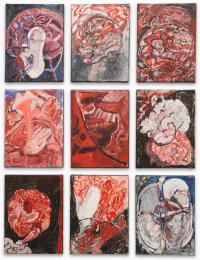


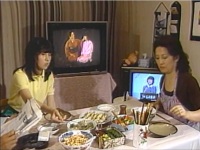
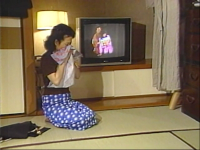
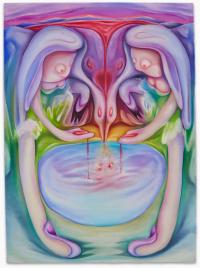

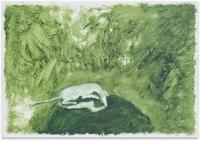
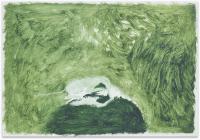
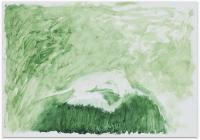
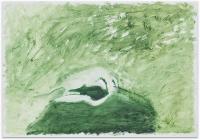



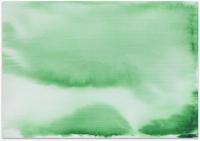



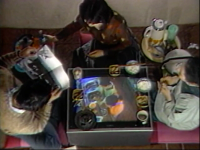
Installation Views
Press Release
Thoughtlessly wrapped up in ourselves we humans live out our days. We confine ourselves as if there were nothing beyond our greed, no law other than to protect ourselves, no childhood land other than that in which education makes children the slaves of yesterday, no nature other than that which we carve with wire mesh and railway tracks, no god other than that which we conceived to cloak our covetousness. The other side of all being, the “beyond” of all that which we think and materialize: we do not want it. Veiled and reeling, we invent an explanation; there is only this obvious world, there is no seeking and seeing that touches the soul of things. / But there are eyes, which as if from another world look upon ours, eyes that reflect, eyes that urge, eyes that reveal. They look upon the murderer we deny and erase as an anomaly: in his features are the runes of humanity, trembling in his hands, lives – lives on our side – capable of suffocating, the love of creatures.¹
Sokol Beqiri (b. 1964, Peć, KOS) "The End of Expressionism: Painted by a Madman" (2001), the documentation of a Kosovan civilian war victim, a dead body doused with gasoline and burned, provides the name for this exhibition and is simultaneously the title of the work cycle by Sokol Beqiri, who addresses such war documentation wrenched from its actual context. "I Popullit – of the people" (2002), the only remaining inscription on the marble plinth once held by a statue of one of Kosovo’s national heroes, who were celebrated as antifascist organizers. Destroyed and torn down by the inhabitants of Peja immediately after the removal of the sculptures, which were protected by German-Italian NATO soldiers, Beqiri replaces the busts with the fictional Pokémon character, Pikachu.
Anna Boghiguian (b. 1946, Cairo, EG) "Brain II" (2017) by Anna Boghiguian consists of nine paintings of individual brains, which are combined with the sensory organs of the human body to represent the complexity of thought, sensitivity, and emotions – with the eyes, ears, and mouth as the essential components of communication and the accompanying historiography. In the artist’s perspective, the brain is a labyrinth of discovery for understanding human nature, its motivations, its vices, and thinking. Boghiguian researches post-colonial tendencies and migration. She opposes aggression, extremism, and oppression, both in the past and present. Via her distinctively expressive and representational visual language she provides the viewer with insightful ways of seeing beyond western ones.
Viola Głowacka (b. 1985, Biała Podlaska, PL) In "Assault on the forest guard" (2019) Głowacka formulates the scenario of an environmental activist participating in a protest against logging in the Białowieza Forest. Białowieza is among the last remaining old growth forests in Europe. The right-wing conservative Polish government planned massive clearings, which a judicial decision by the European Court of Justice should have stopped. Against this decision the clearings continued, which led to considerable inroads between the government foresters and activists. Viola Głowacka describes contemporary society, gender roles, sexuality, and phobias. Within these concerns she critically analyzes racists symbols in American cinematic history.
Brook Hsu (b. 1987, Pullman, Washington, USA) Inspired by Knut Hamsun’s Pan from 1894 and following a dream the artist had, the picture series "Aesop looking at his reflection in a pond" (2019) was born. Embedded in a dense green landscape, Hsu depicts her deceased dog Aesop, who appeared to her in a dream and who carries the name both of Hamsun’s protagonist and the fabulist from antiquity. She shows the moment at which he catches sight of his reflection in the pond, conveying a fleeting instant with her color choice and the increasing abstraction of the dog. Brook Hsu also publishes texts about her work, in which she processes her personal experiences and her relationship to nature in the context of painting, literature, and Greek mythology.
Mako Idemitsu (b. 1940, Tokyo, JP) Belonging to the first generation of female Japanese video artists, Idemitsu's "Great Mother" (1983/1984) series sheds light on the relationship between mother and child, questioning traditional roles and family structures. This is particularly at issue in Japanese society, where patriarchalism is very pronounced and the mother assumes a ubiquitous role in children’s lives. Idemitsu is considered a pioneer in the independence movement for women. In 1972 she appeared in the project Womanhouse, led by Judy Chicago and Miriam Shapiro at the California Institute of the Arts.
Eddy Smith (b. 1895 - 1957, Berlin, DE) Smith’s "Die Schwarze Mappe" (The black portfolio) (1924) consists of 10 etchings ascribed to the New Objectivity of the post-war depression and are oriented towards social critique. He stresses topics such as industrialization, science and colonialism. Dealing with the human he depicts emaciated bodies, which transport a feeling of nudity or of helplessness. Distended faces like the portrait of a woman; colonial rulers and missionaries standing across from indigenous people. The etchings document human abysses and show the conditions of their time in intense, distorted representations of the body.
Xiuching Tsay (b. 1993, Chonburi, TH) Tsay’s paintings, such as "I am looking at the waterfall from inside my house" (2019), move in fictional visual worlds and their own ecosystems, creating parallel universes permeated by vibrant toxic liquids. Organisms between the human, the animal, and the cyborg evoke futuristic associations. In these parallel universes she animates her subjects with human emotions, as in the mother-child scene, "Dying in her arms" (2019). Tsay provides deep insights into the human subconscious and its complexity, creating parallels distant to the ostensible logic in which we live.
¹ Redslob, Edwin: Die Schwarze Mappe. Zehn Kupferstiche von E. R. M. Smith, Panther-Verlag/ Leipzig, 1924.








